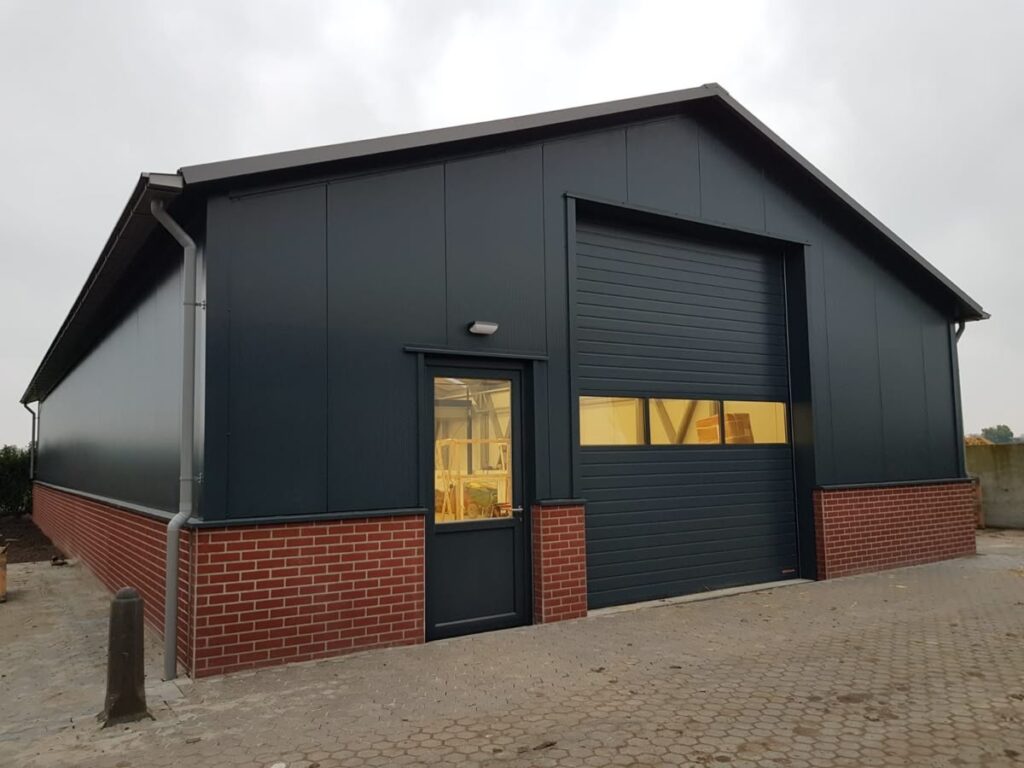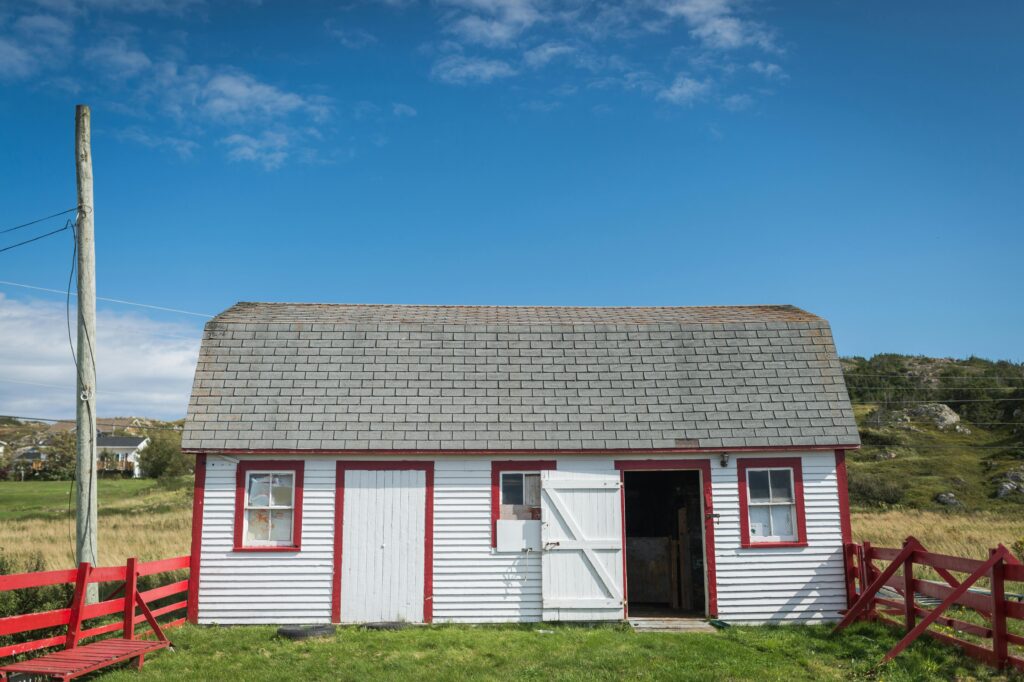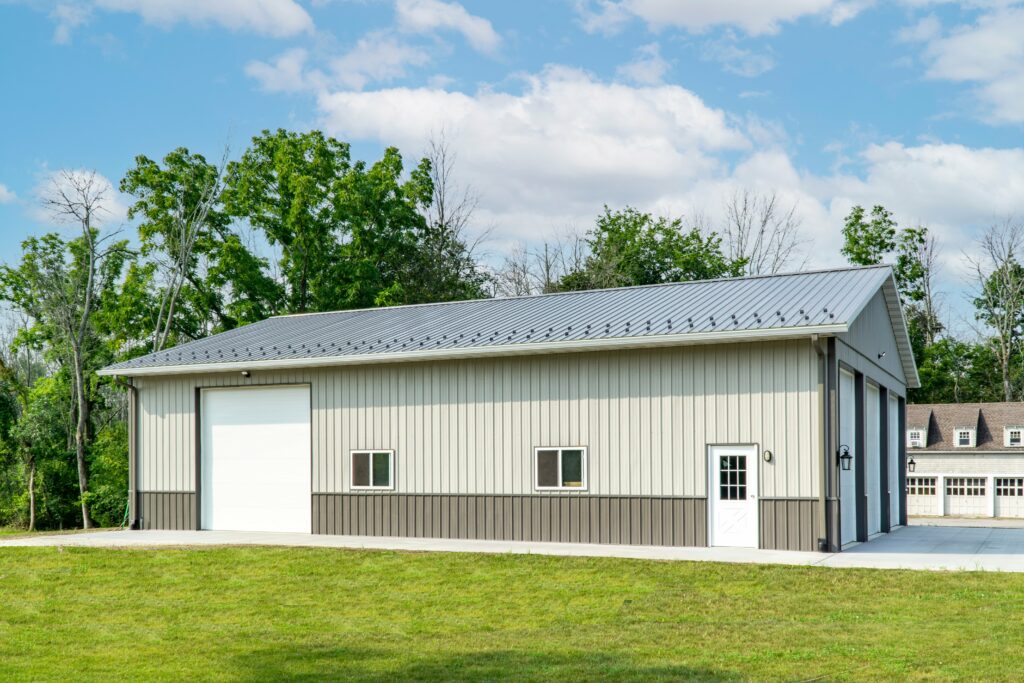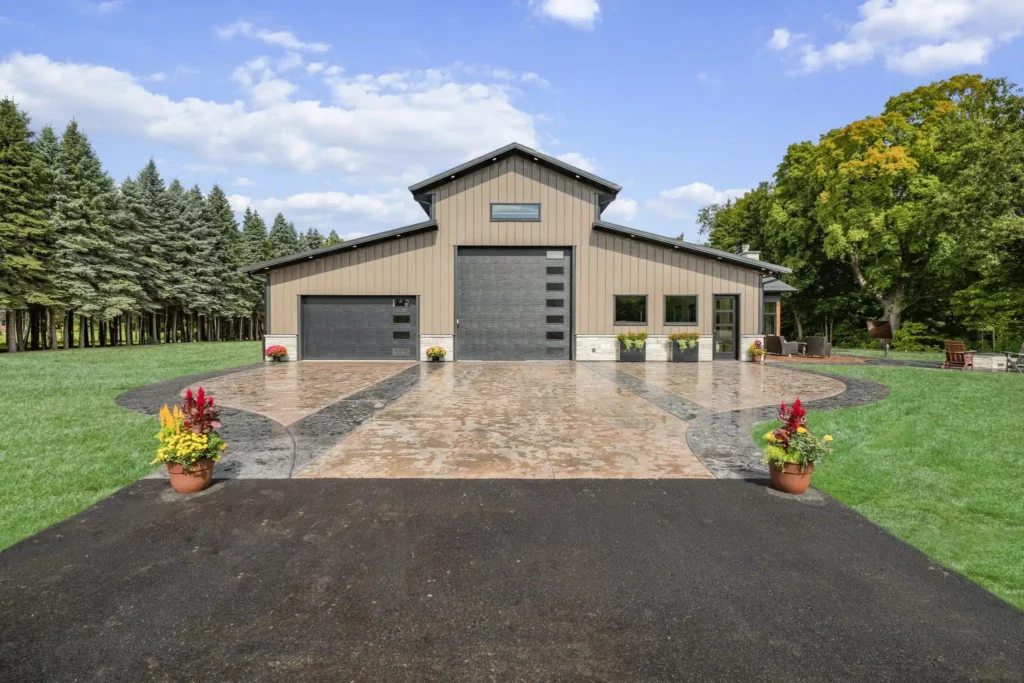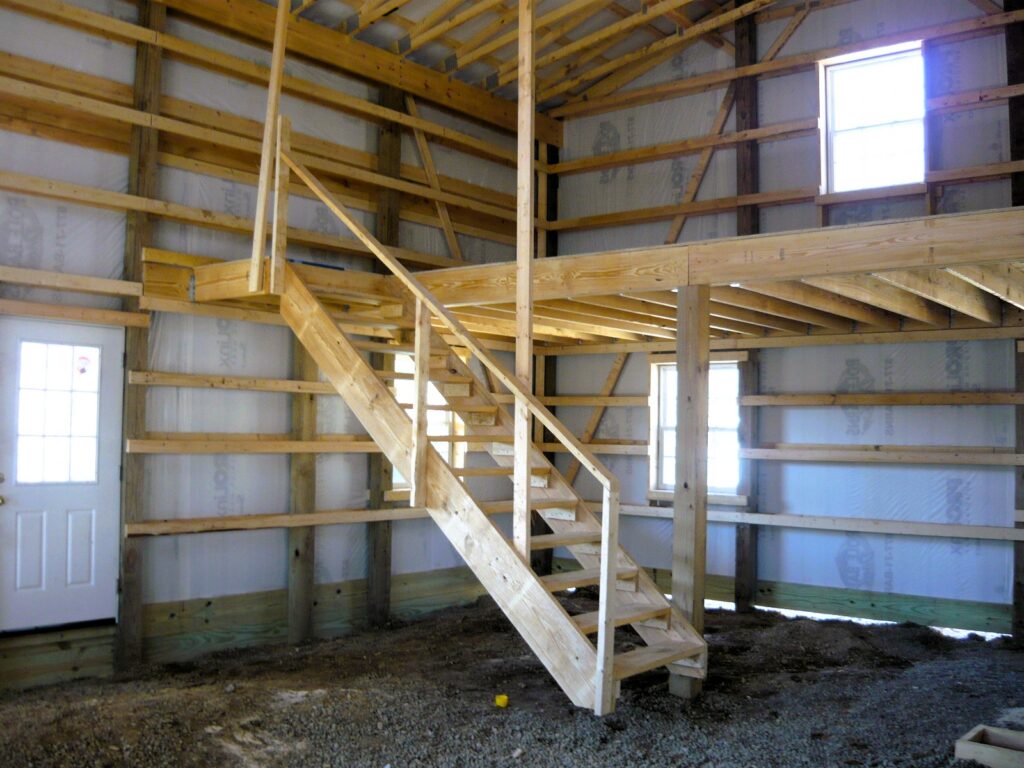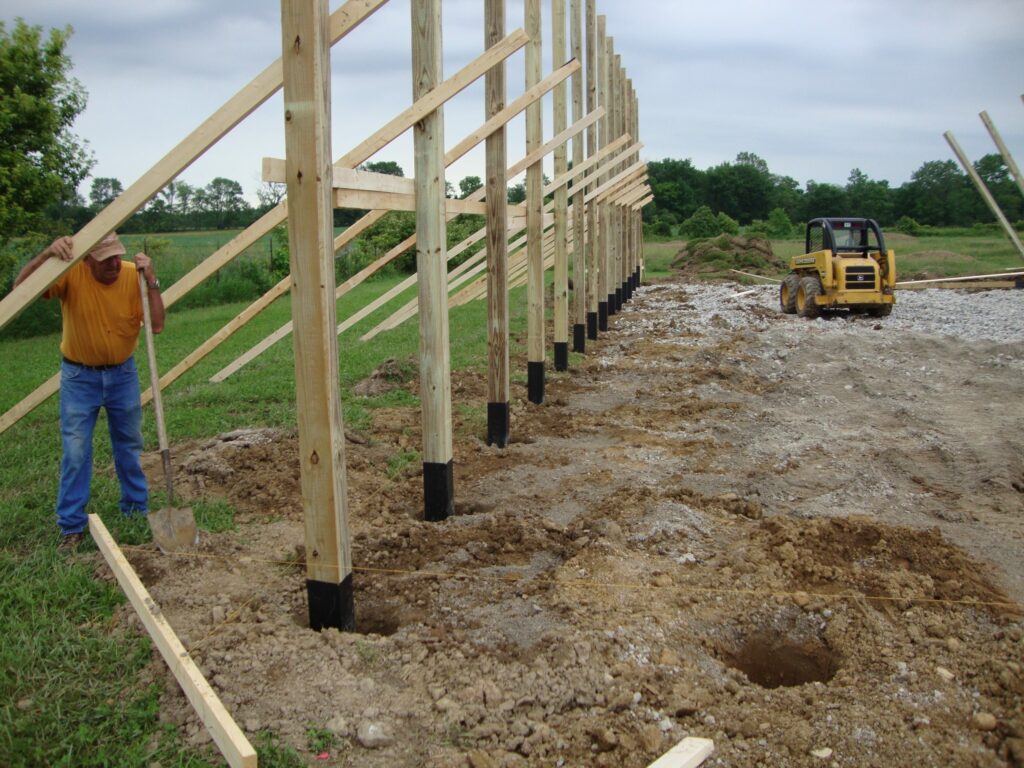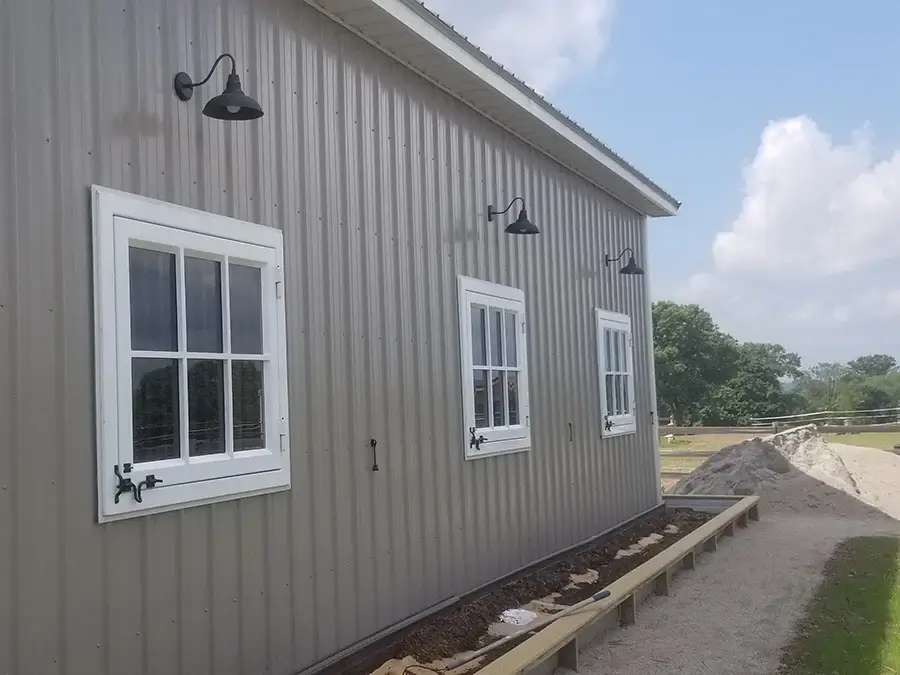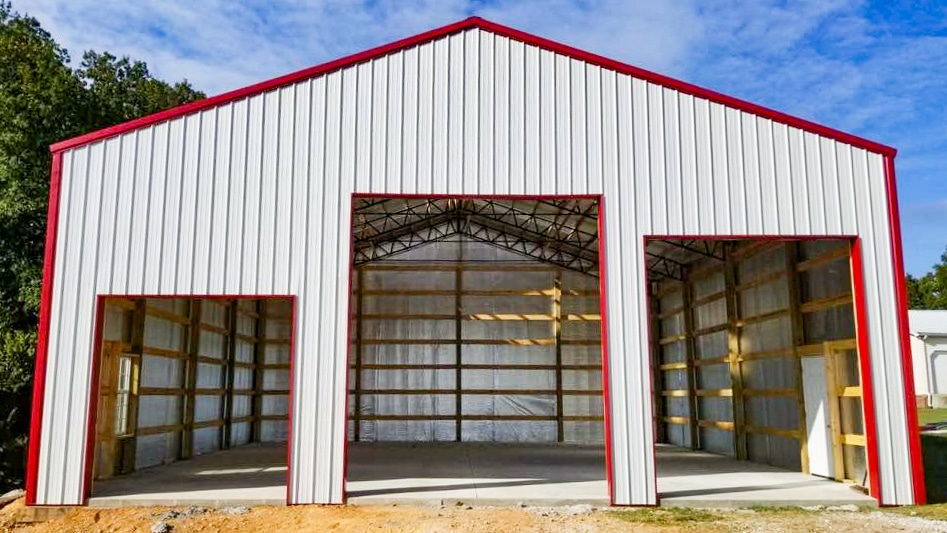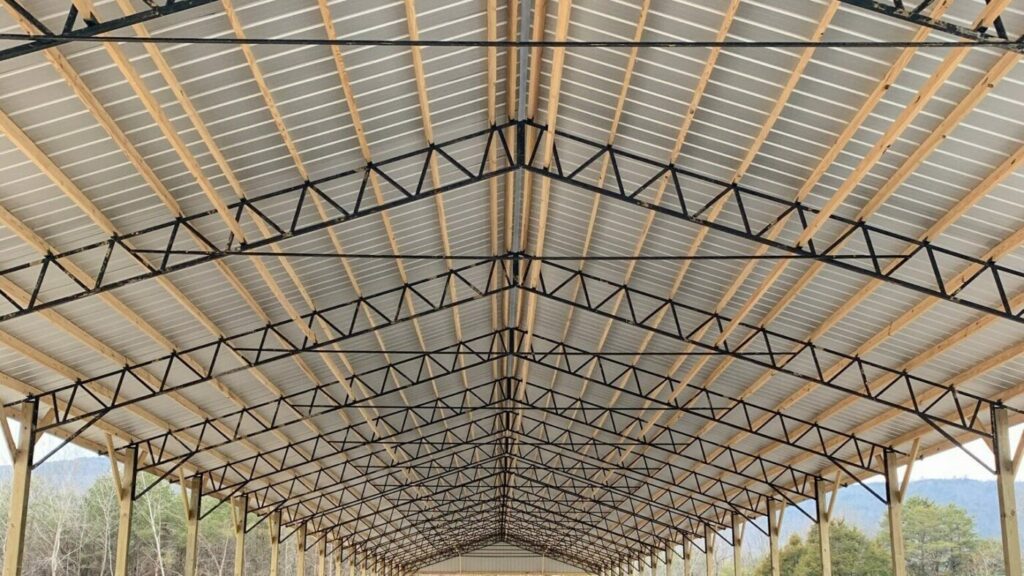How Many Trusses Do You Need for a 30×40 Pole Barn Span
Planning a 30×40 pole barn? One key detail you can’t overlook: the trusses. These bad boys hold up your roof and keep everything solid. In this guide, we’ll break down how to figure out how many trusses you’ll need, what factors come into play, and how to avoid costly mistakes before the build begins. How […]
How Many Trusses Do You Need for a 30×40 Pole Barn Span Read More »

